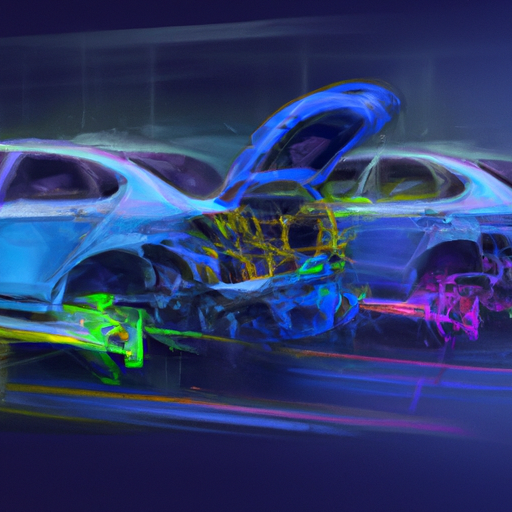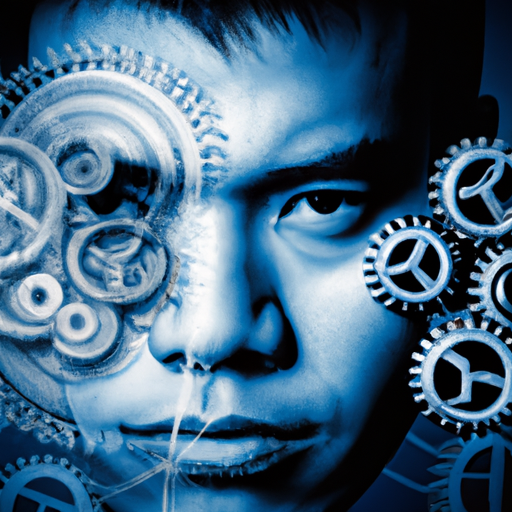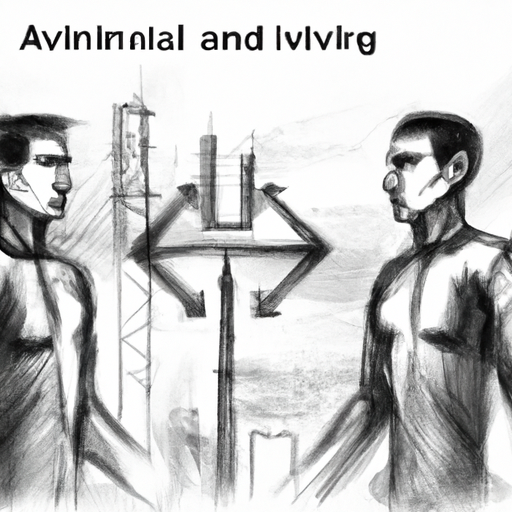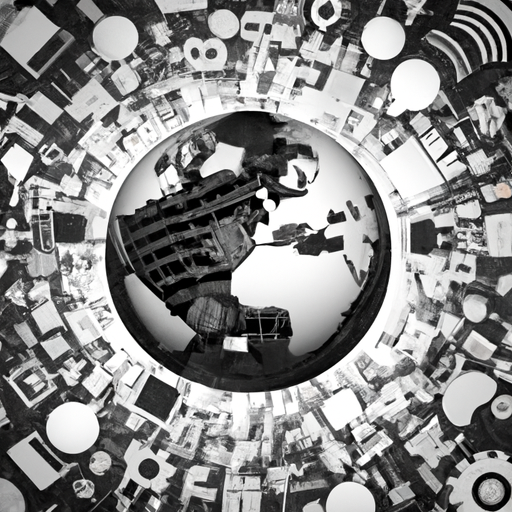Tag: transformation
-

Revolutionizing the Sky: The Transformation of Aerospace and Defense Systems through Digital Twins and AI
Digital twin technology, powered by AI, is driving major transformation in the aerospace and defense industries. This technology creates a virtual replica of physical systems, like aircraft or defense mechanisms, enhancing design, testing, and maintenance processes. It allows for real-time performance prediction and issue identification, making processes more efficient and cost-effective. Digital twins also enable…
-

Accelerating Automotive Transformation: The Critical Role of Digital Twins in Vehicle Design, AI-Driven Testing, and Autonomous Development
The automotive industry is in a state of transformation, largely due to the innovative digital twin technology. These virtual replicas streamline the design and testing process of new vehicles, allowing for immediate feedback and predictive maintenance. Enhanced with AI, digital twins can predict potential design issues and learn autonomously from real-time data. They play a…
-

Mastering the Digital-Twin Transformation: Addressing Data Collection Hurdles, Privacy Concerns, and Computational Demands in the Age of AI
The digital-twin transformation, blending the physical and digital worlds, comes with unique control and prediction capabilities, but also demands extensive, varied, and high-quality data. AI, specifically machine learning, can aid in managing this data, yet requires technical know-how. Despite challenges, the potential of digital-twin transformation is vast with the right tools and strategies. The large…
-

Digital Twins and AI: Pioneers of Transformation and Sustainability in Environmental Impact Modeling
Digital twin technology, powered by artificial intelligence (AI), is revolutionizing environmental sustainability. By creating dynamic virtual replicas of products, processes, or systems, these digital twins offer a risk-free environment to simulate and predict environmental impacts. They are aiding industries like manufacturing and agriculture in reducing emissions and resource wastage and assisting urban planning for smarter,…
-

Revolutionizing the Energy Sector: Exploring Digital Twins, AI, and Strategies to Optimize Renewable Energy Usage
Digital twin technology, powered by AI, is revolutionizing the energy sector by optimizing renewable energy production and distribution. This technology simulates and monitors real-time performances of wind turbines and solar panels, enhancing efficiency and profitability. AI-integrated digital twins also balance energy supply and demand, preventing blackouts, and identifying grid bottlenecks for smoother energy distribution. Despite…
-

Digital Twin’s Quantum Leap: Unveiling Future Trends, AI Integration, and IoT Convergence
Digital twin technology, a virtual replica of physical objects, is reshaping industries when integrated with AI's predictive capabilities. This powerful combo enhances machine learning, decision-making and real-world adaptation. Examples include AI-enhanced digital twins predicting machinery maintenance, thus boosting productivity, and predicting health risks in healthcare. Furthermore, this fusion is set to revolutionize the IoT, making…
-

Digital Twins: Transforming Environmental Impact Assessment and Pioneering Sustainable AI Solutions
Digital twin technology, utilizing AI and data analytics, is transforming environmental sustainability by enabling accurate simulation and analysis of physical systems. It aids in anticipating the environmental impact of various projects, assisting industries to align with sustainability goals. The integration of real-time data allows digital twins to evolve, helping decision-making for more sustainable systems in…
-

Mastering the Digital Revolution: Case Studies on Successful Digital Twin Implementations and the Lessons Learned
Digital-twin technology, powered by AI, is revolutionizing industries like manufacturing, energy, and healthcare, with companies such as NASA, General Electric, and Siemens leading the way. By creating precise digital replicas of physical systems, businesses can optimize operations, predict equipment failures, and enhance product quality, saving significant resources. Success stories include a 20% reduction in downtime…